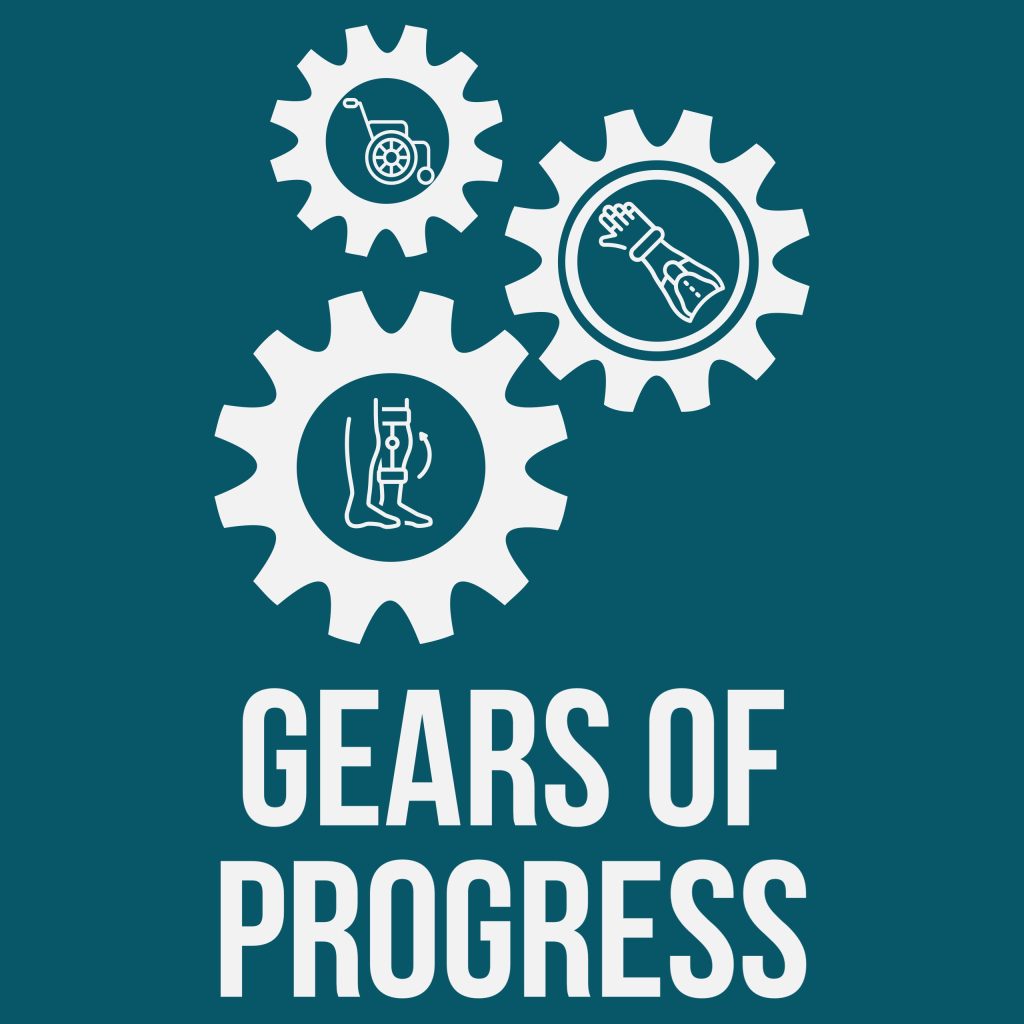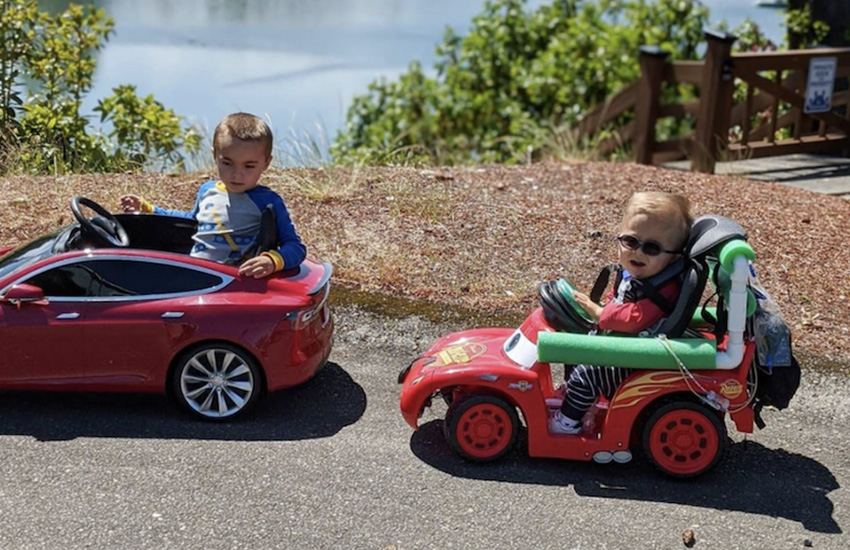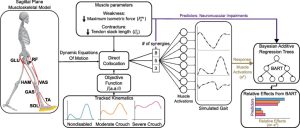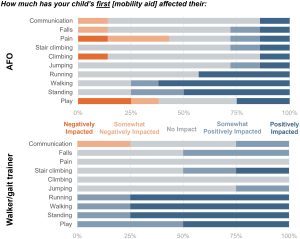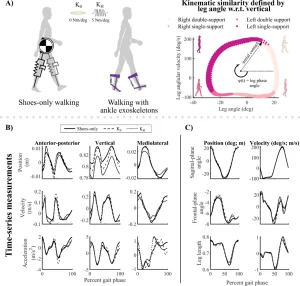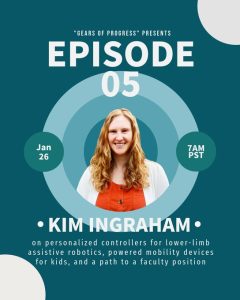 “Gears of Progress” Episode Five featured Steele Lab Alumni, Dr. Kim Ingraham on personalized controllers for lower-limb assistive robotics, powered mobility devices for kids, and a path to a faculty position.
“Gears of Progress” Episode Five featured Steele Lab Alumni, Dr. Kim Ingraham on personalized controllers for lower-limb assistive robotics, powered mobility devices for kids, and a path to a faculty position.
Name: Gears of Progress
Platforms: Spotify, Apple Podcasts, Amazon Music, Castbox
Release frequency: bi-weekly on Fridays
Theme: Podcast about research and innovations in rehabilitation engineering and assistive technologies aimed to improve accessibility for people with disabilities. Every episode will feature engineers, medical professionals, end-users, and organizations who focus on improving the health and well-being of individuals with disabilities. We will be covering topics such as emerging tech, outcome measures, medical practice, public policy, accessibility education, and so much more!
Twitter: https://twitter.com/GearsOfProgress

